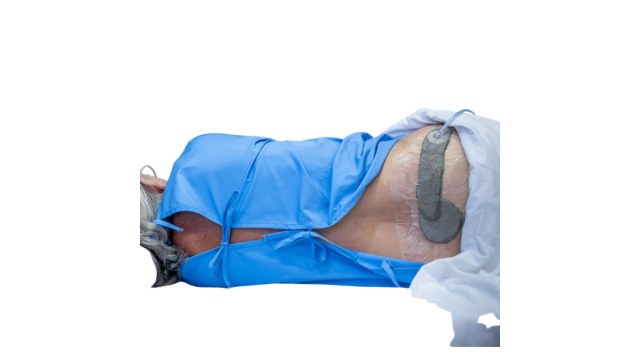Pressure Ulcers: How to Prevent and Manage Painful Complications
-640x480-c.png)
What are Pressure Ulcers?
Pressure ulcers, also known as bedsores, are injuries caused by prolonged pressure on the skin.
Initially, they affect only the upper layer of the skin, but without treatment, they can progress to open wounds. They are most common in individuals who spend most of their time in bed or a wheelchair, or due to medical conditions like diabetes.
In the early stages of a pressure ulcer, the skin may appear irritated. As it progresses, it can develop into an open wound, and in severe cases, damage can occur to the tissues, muscles, and even the bones.
Pressure ulcers are much easier to manage when detected early, so below we will explain the causes, stages, symptoms, and treatment.
What Causes Pressure Ulcers?
- Pressure: Remaining in a seated or lying position for extended periods reduces blood flow to areas of the body under pressure. When we stay in the same position too long, the compressed tissues don’t receive enough oxygen and nutrients. This leads to skin and tissue damage and can result in pressure ulcers.
- Friction: The skin is usually resilient, but when it is sensitive or moist, it can be easily damaged by rubbing against even soft surfaces like bedsheets or hard objects like the armrest of a wheelchair.
- Shear: This occurs when two surfaces move in opposite directions. In our body, shear can happen when bone and skin do not move together. For example, the tailbone may slide downward on the bed surface, while the skin stays in place, stuck to the mattress, increasing the risk of damage.
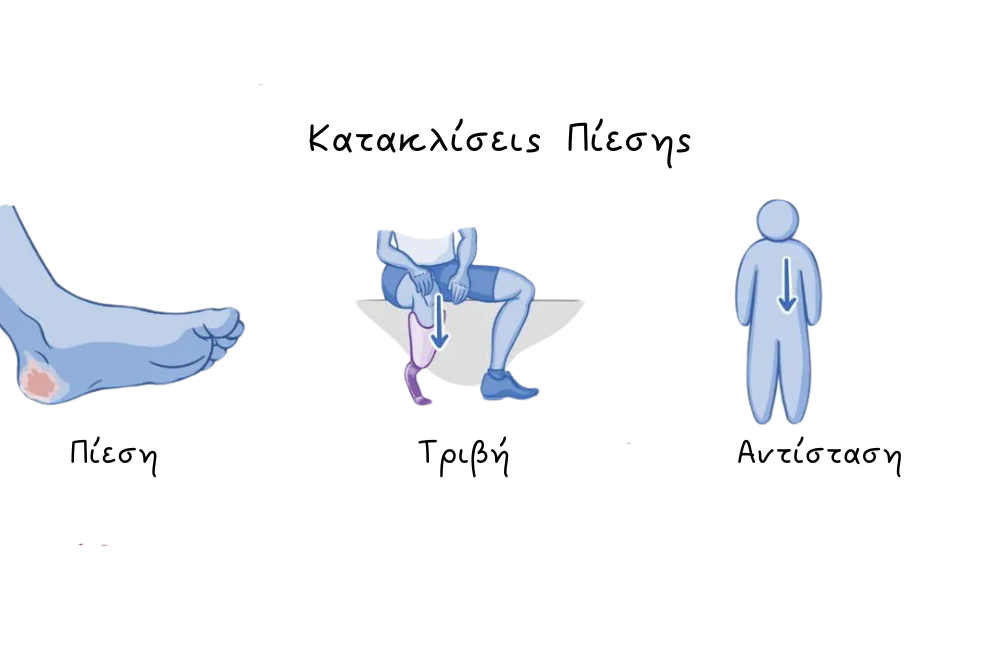
Stages of Pressure Ulcers: Appearance and Sensation
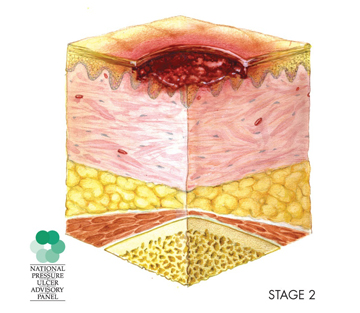
Stage 1 – Red Skin
At stage 1, only the upper layer of the skin is affected and there are no open wounds.
Stage 1 pressure ulcers can typically be treated at home and usually heal within 2–3 days.

Stage 2 – Fluid-filled Blister or Shallow Crater
In stage 2, clear fluid may ooze from the wound, and the surrounding skin may appear swollen and discolored.
Stage 2 ulcers are painful and sensitive.
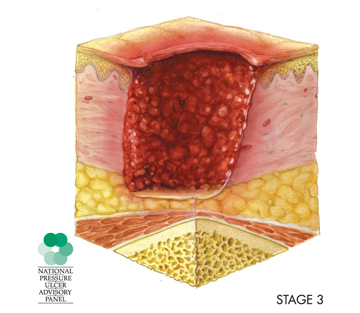
Stage 3 – Deep Hole
At this stage, the damage extends beneath the skin and affects deeper tissues and fatty layers.
It does not yet reach the muscles, tendons, or bones. There may be dead (black) tissue in or around the wound.
Stage 3 pressure ulcers are painful.
If infected, the ulcer may feel warm to the touch and fever can occur.
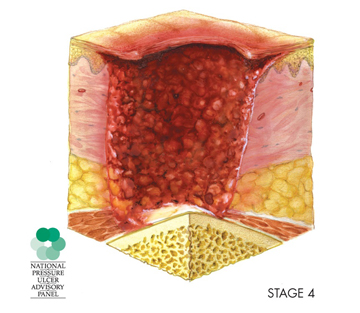
Stage 4 – Large Deep Open Wound
In stage 4, tendons, muscles, or even bones may be visible, and black necrotic tissue may appear around the ulcer.
If infected, the wound may have red edges, pus discharge, and an unpleasant odor.
Stage 4 ulcers are extremely painful.
If infected, the ulcer may feel hot to the touch and fever may occur.
Risk Factors:
Incontinence
Urinary or fecal incontinence can leave the skin
moist and
sensitive, making it more vulnerable to pressure ulcers.
Maintaining skin moisture at safe levels with proper
incontinence pads is essential, as it helps prevent irritation and inflammation.
The use of appropriate incontinence care products, such as zinc oxide barrier creams or hydrogel, contributes to maintaining skin health and preventing the development of pressure injuries.
Immobility
Immobility causes pressure to concentrate on specific parts of the body, such as the heels, buttocks, and elbows. Constant pressure in these areas may disrupt blood circulation and damage tissue, leading to pressure ulcers.
The use of
anti-bedsore mattresses, heel and
elbow protectors is critical in preventing ulcers in patients with reduced mobility.
Alternating pressure mattresses or static foam support surfaces help relieve pressure, improve blood flow, and protect the skin from breakdown.
Especially for bedridden patients, choosing a high-quality anti-bedsore mattress is vital to avoid serious complications, while a foam mattress may be appropriate for prevention and support.
* No user should act solely based on the information contained in this article without seeking appropriate professional advice tailored to their specific situation. Neither Biomed nor any of its employees offers any warranties, express or implied, nor assumes any responsibility or liability for the accuracy, completeness, or usefulness of any information provided here.

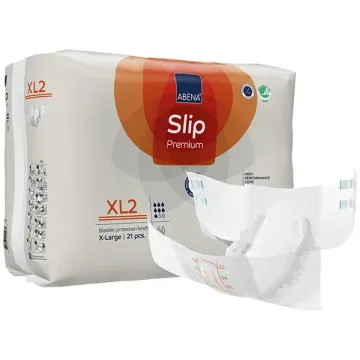
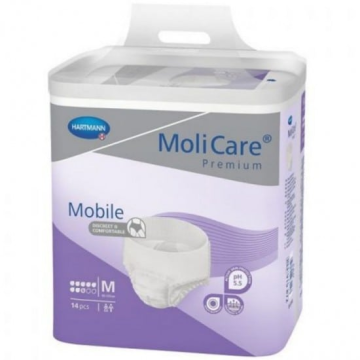
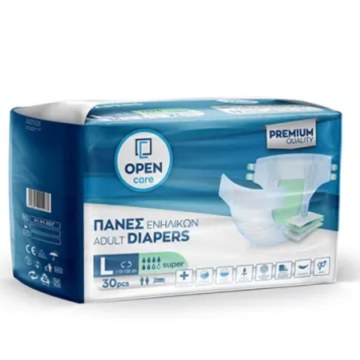
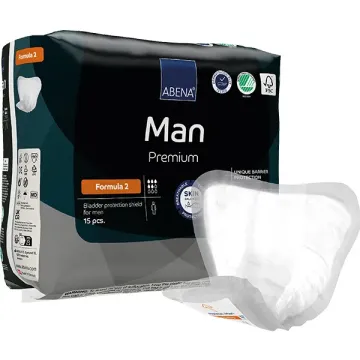
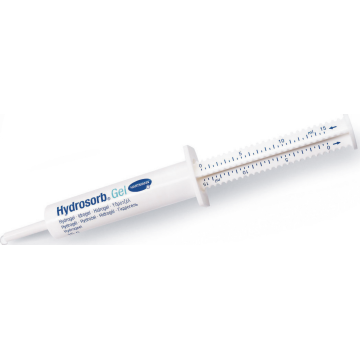
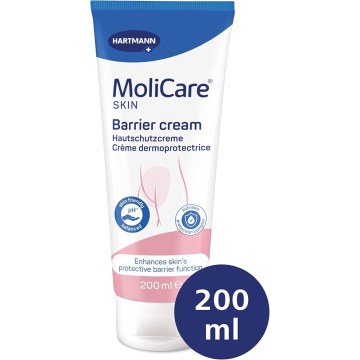
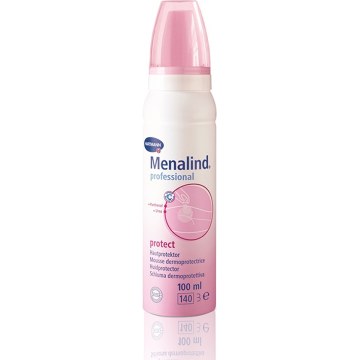
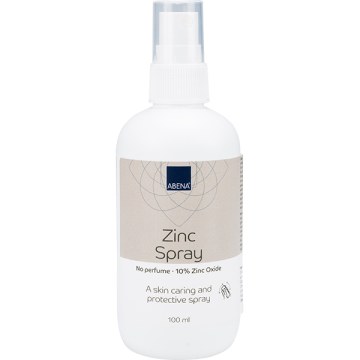
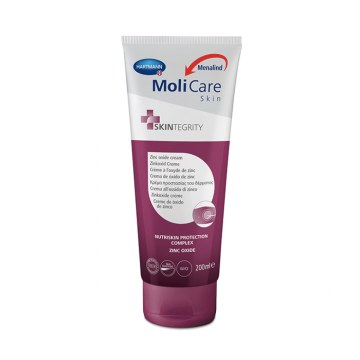
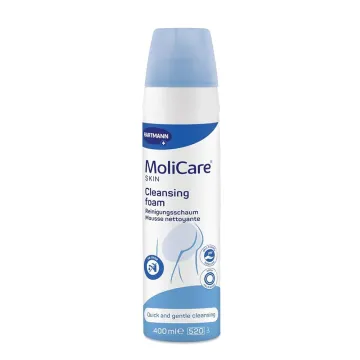
-360x360.jpg)


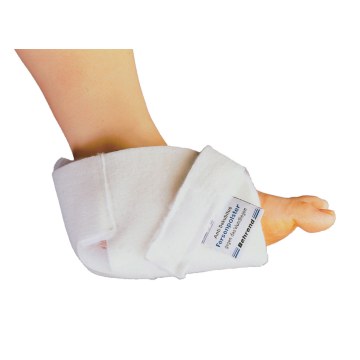
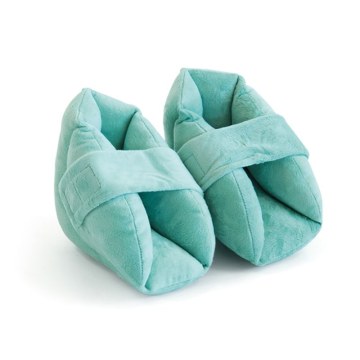
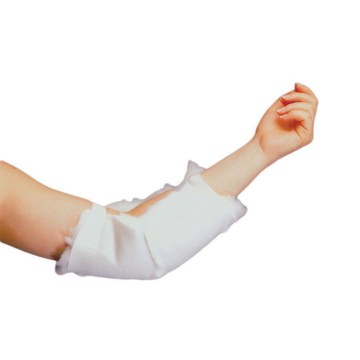
-640x360.png)

